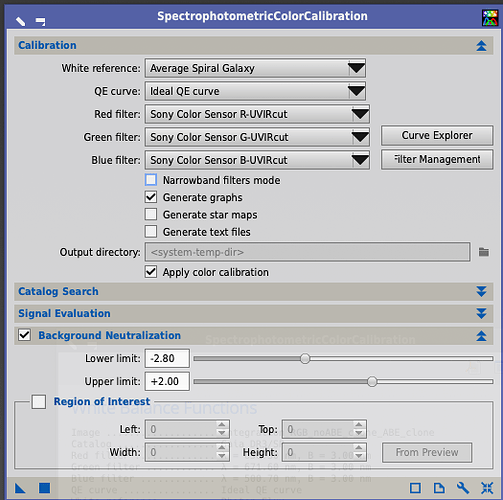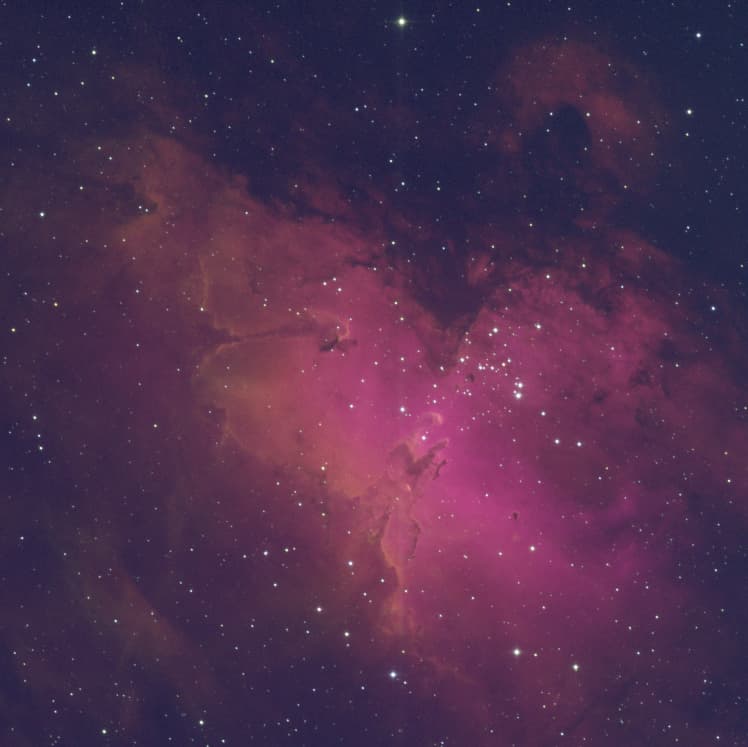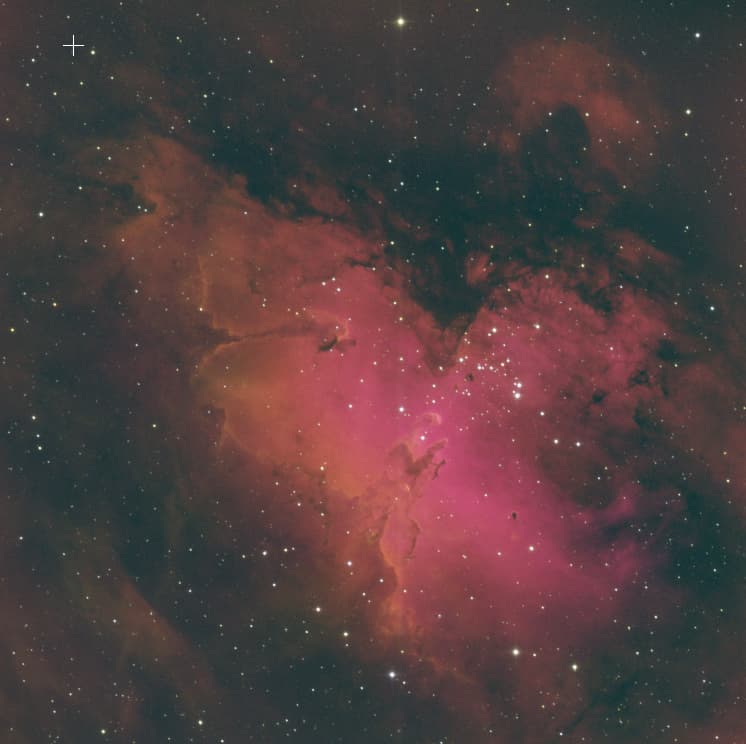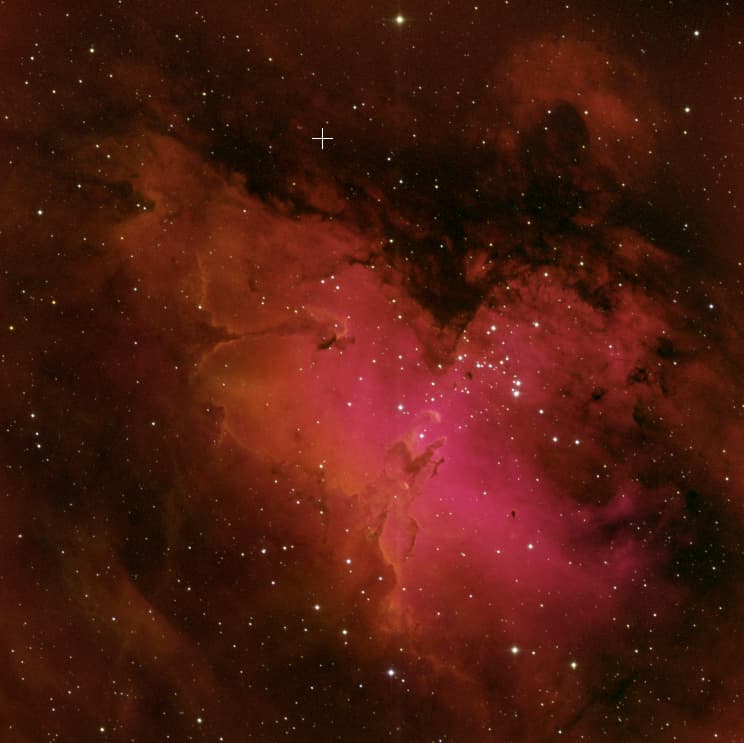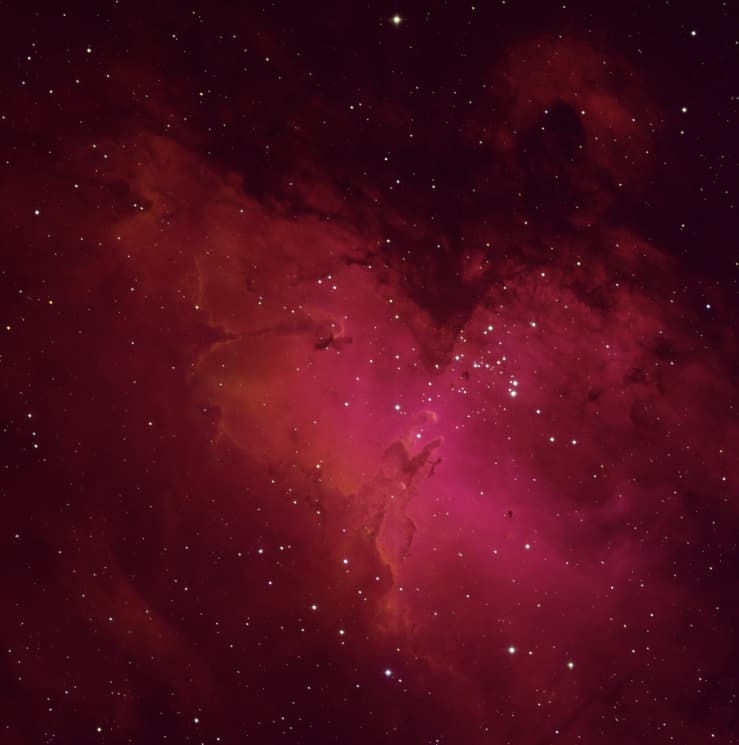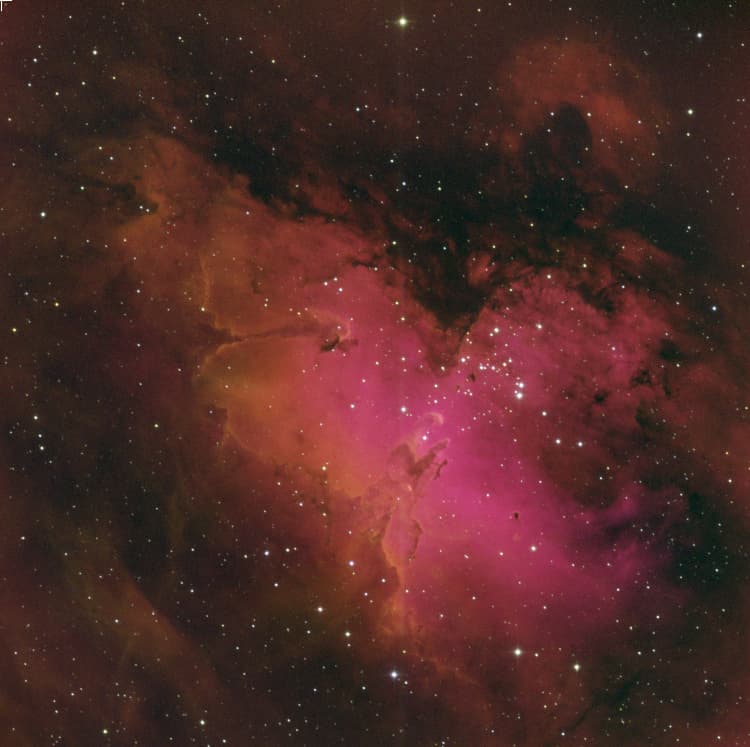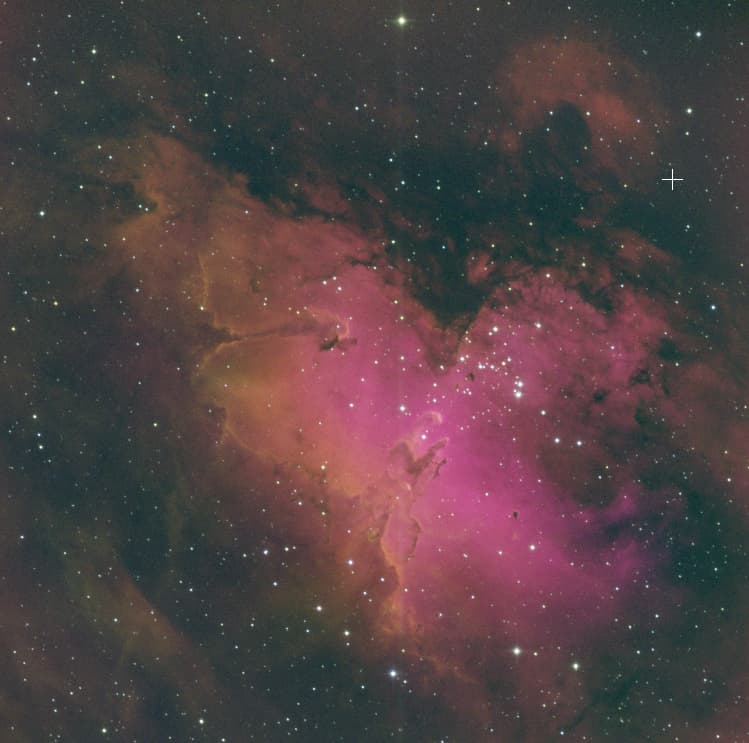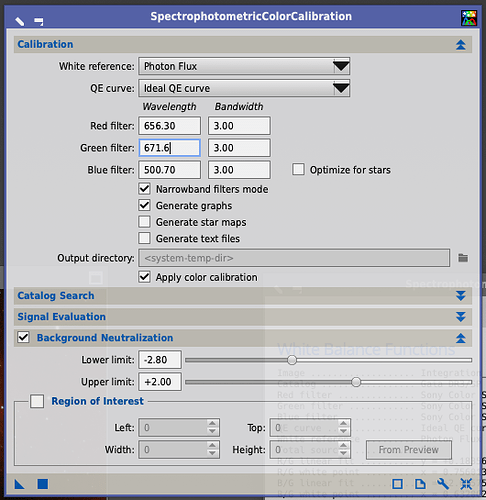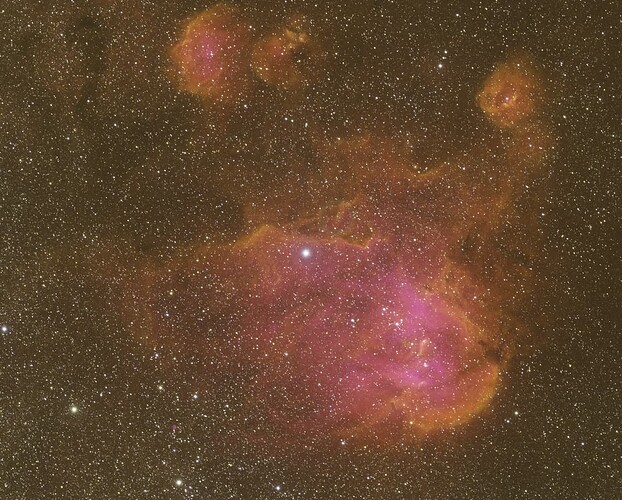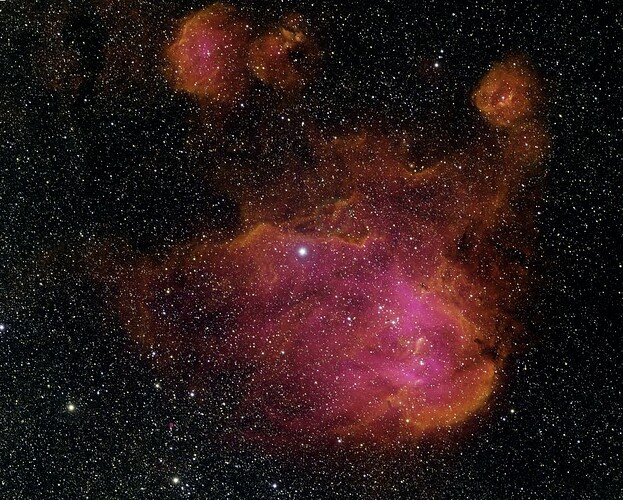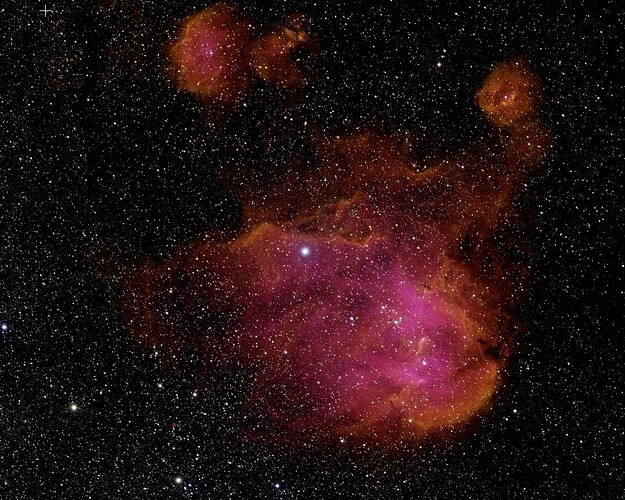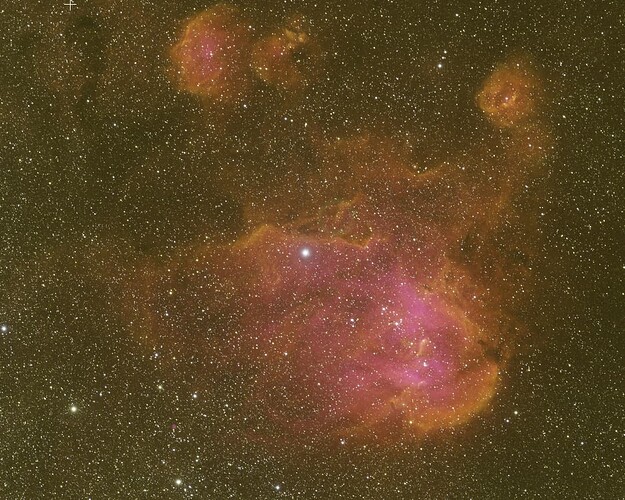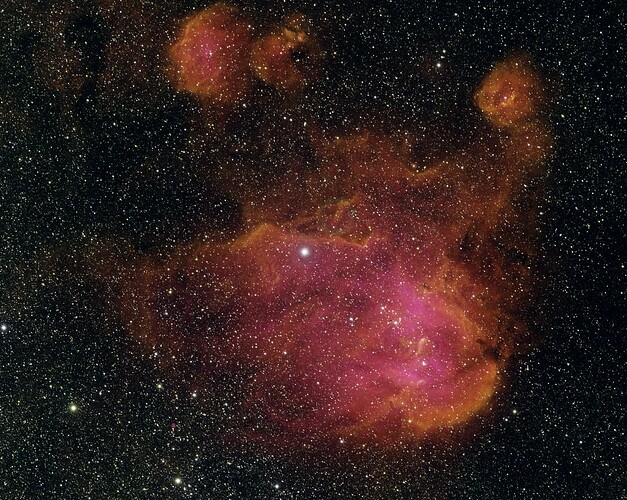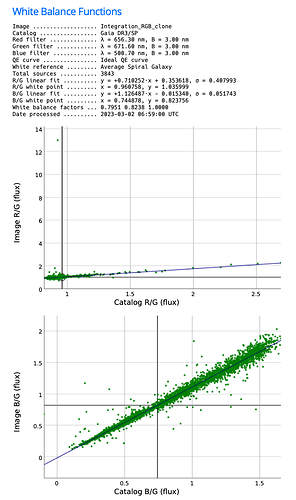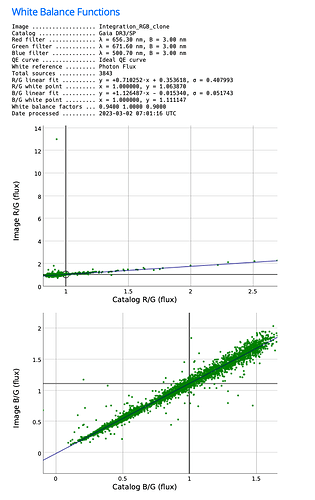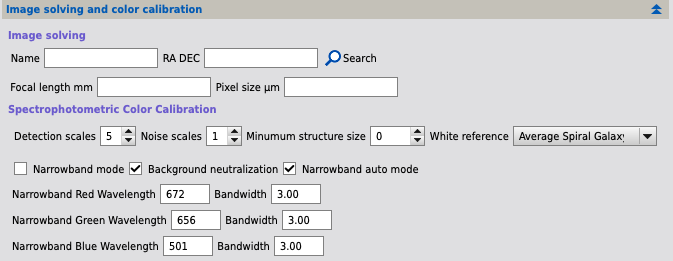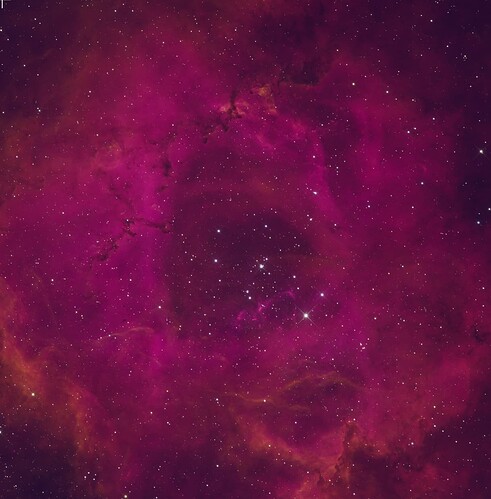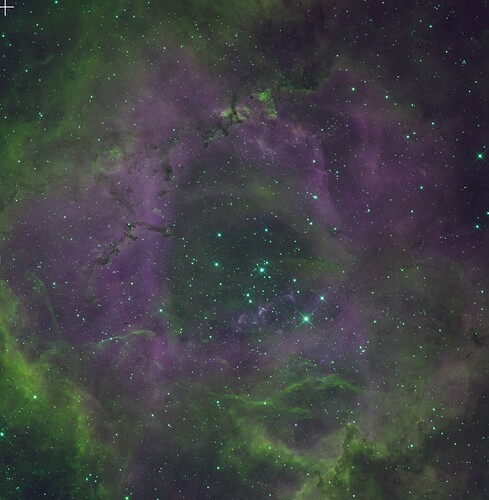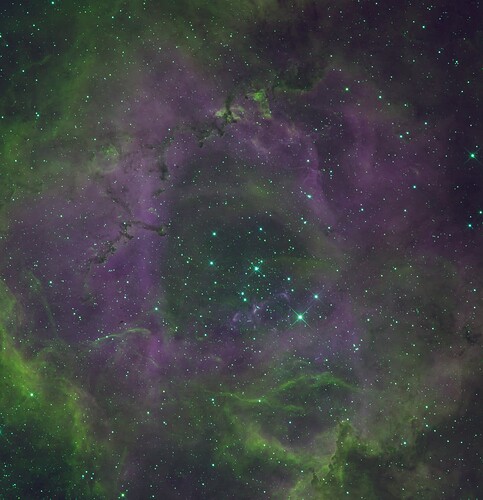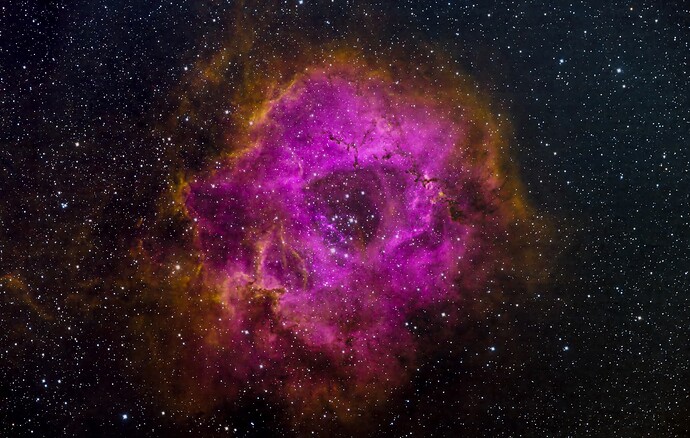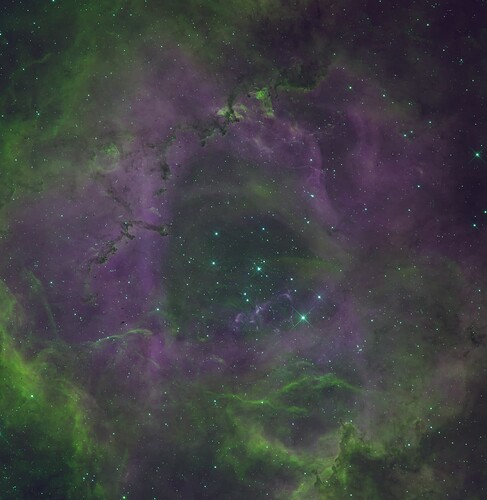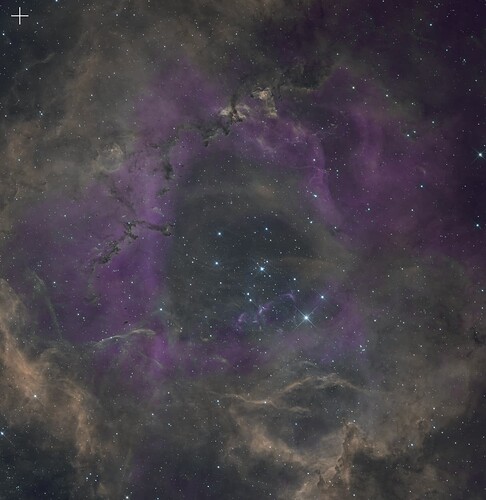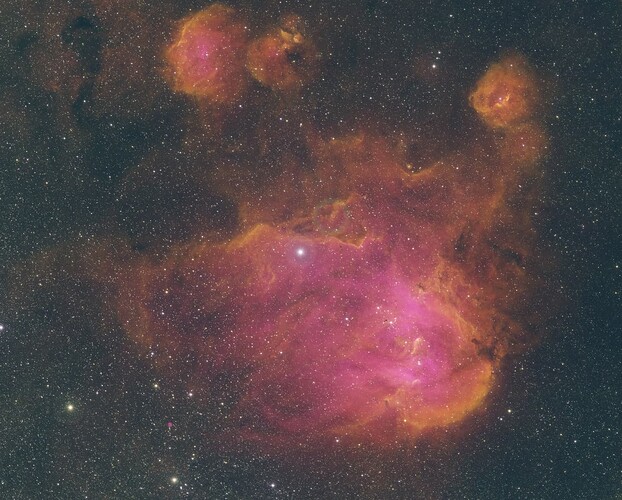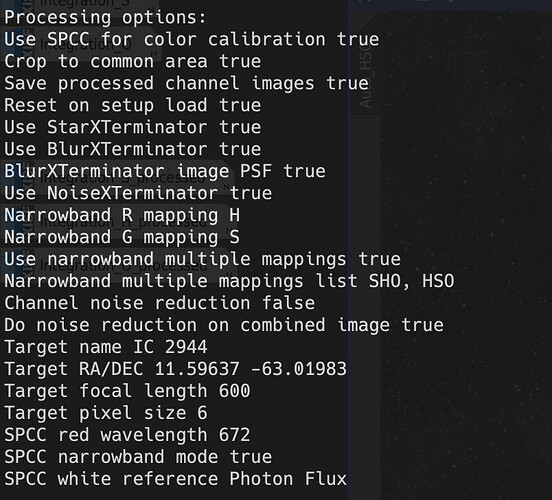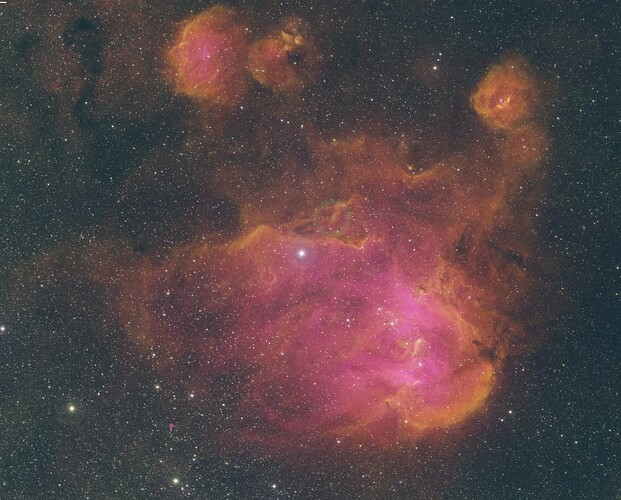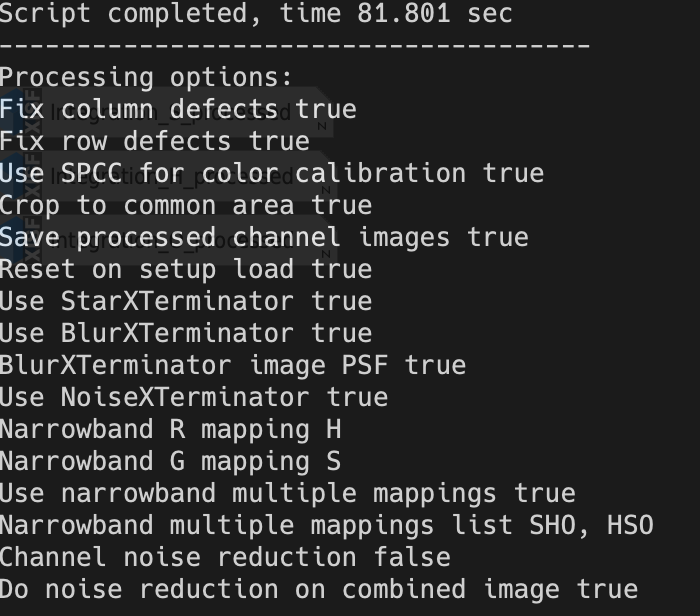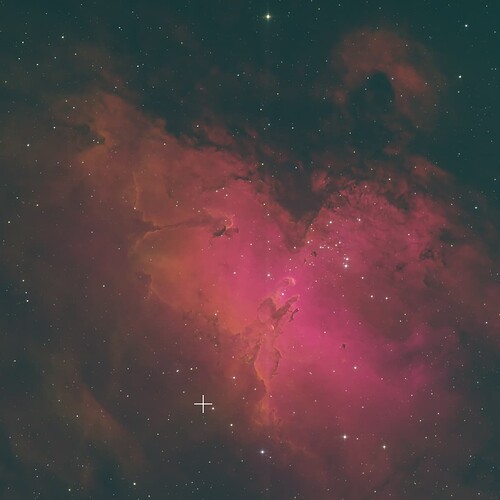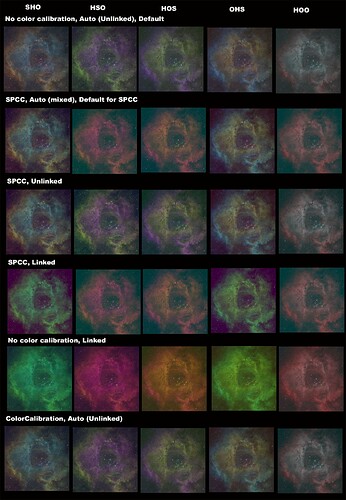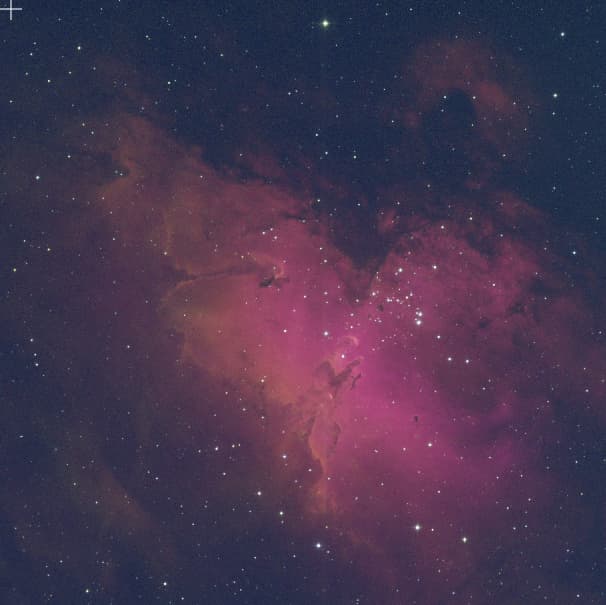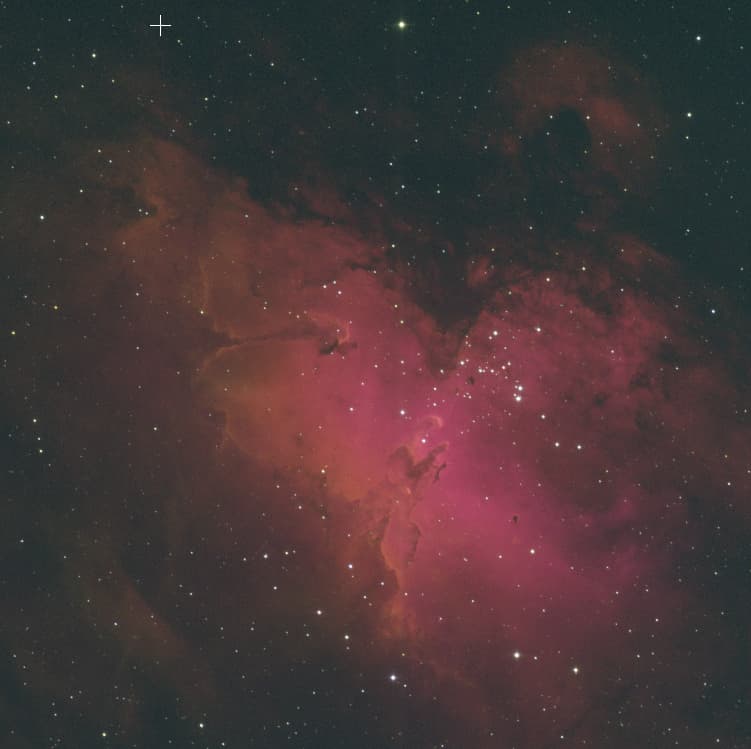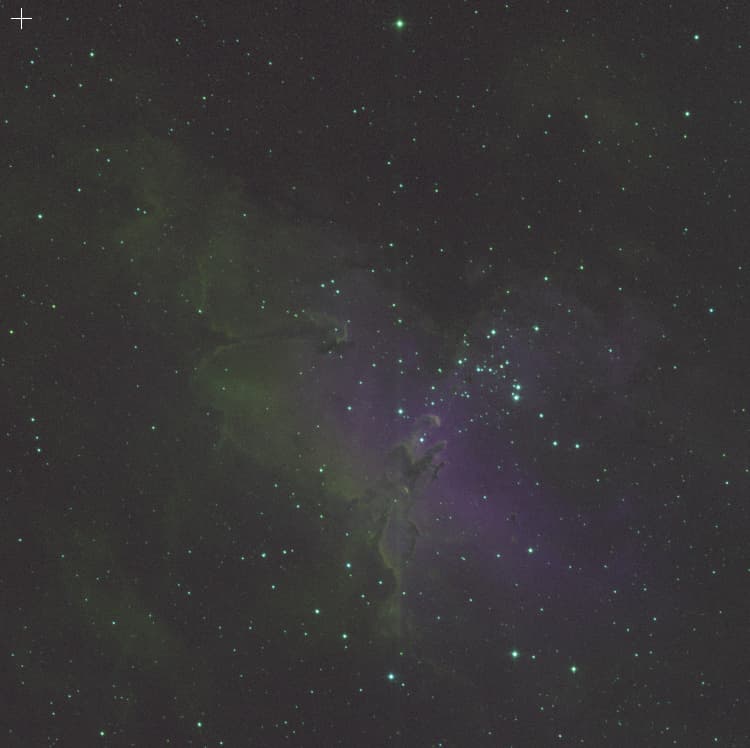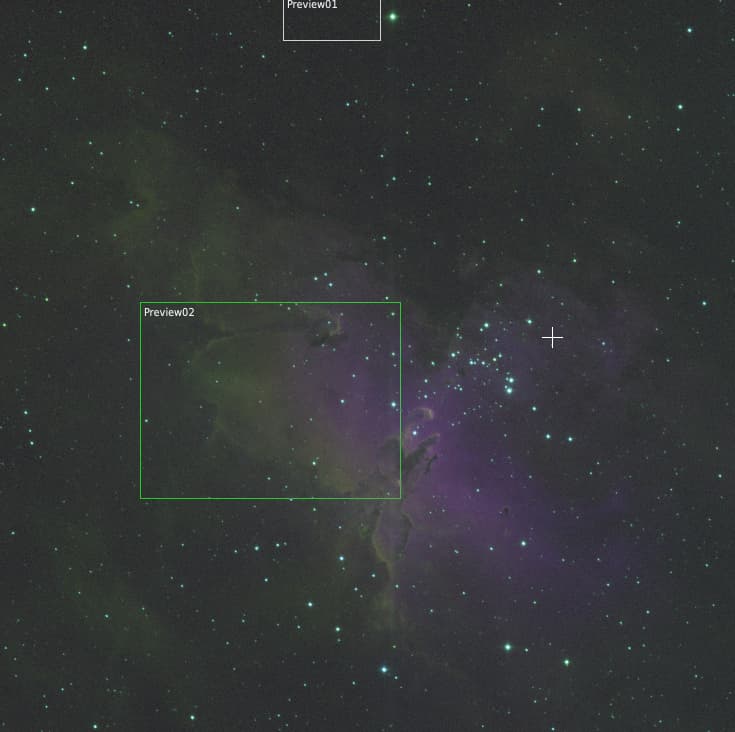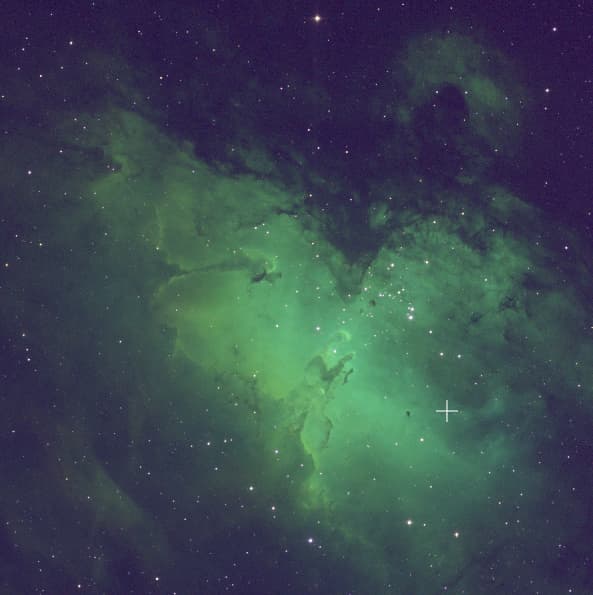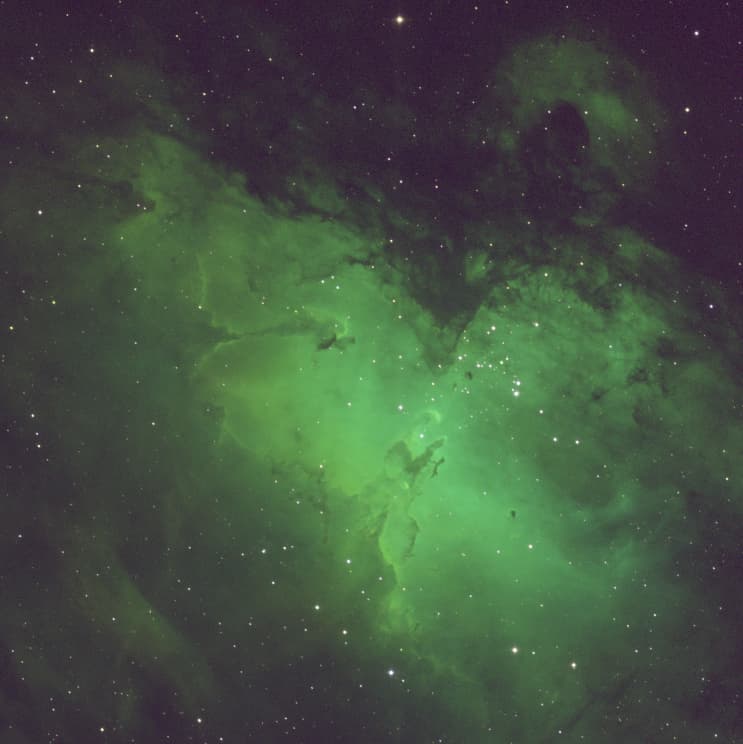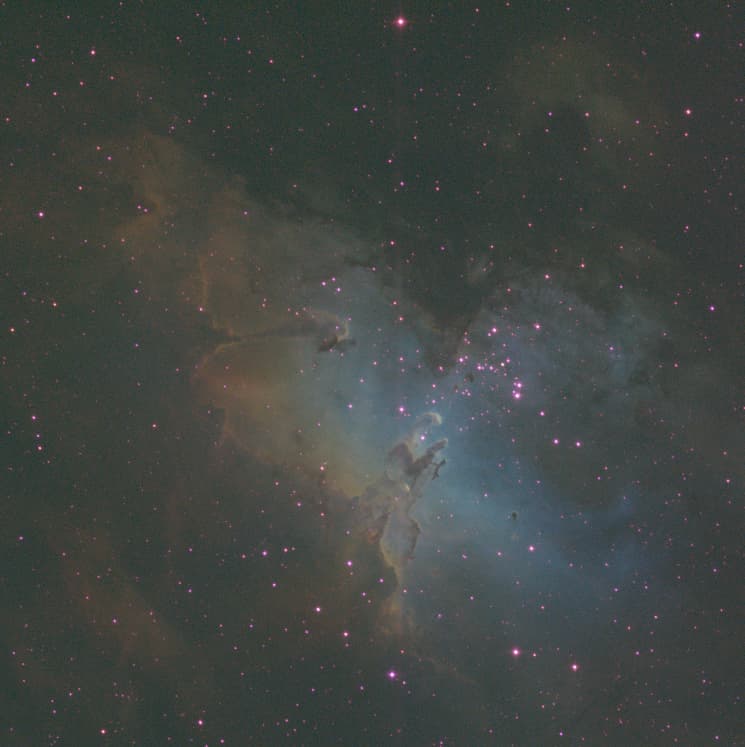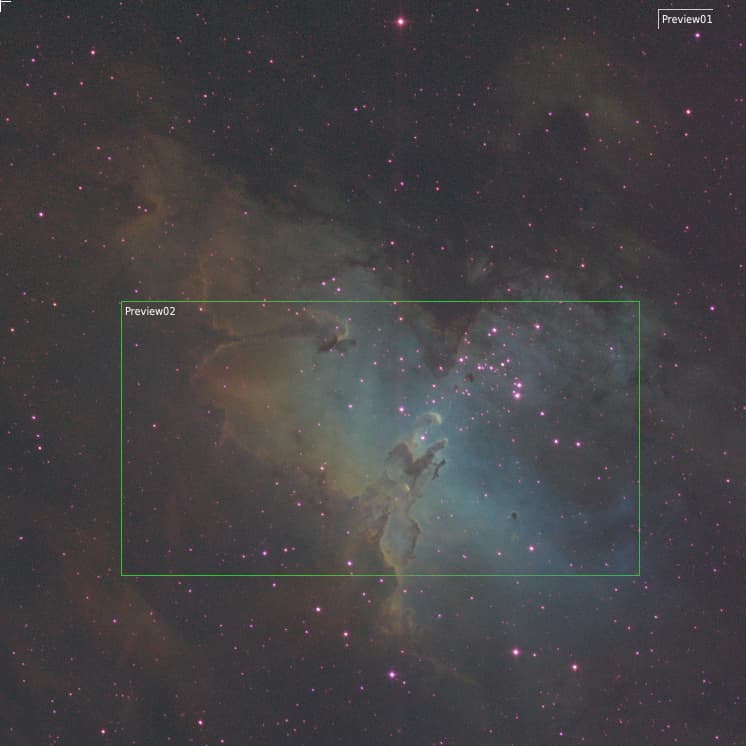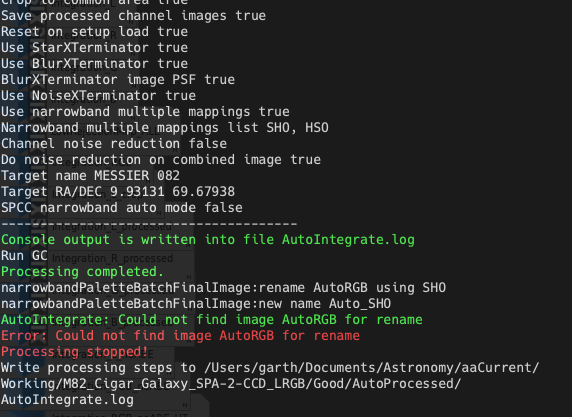Hi Jarmo,
Thought I would start a new thread for SPCC…the BXT thread is 100+ now.
Have done a lot of testing on SPCC with NB filters and I am getting mixed results.
I have tested on 2 NB targets:
- IC 2944 Running Chicken CHI-6-CCD
- M16 Eagle CHI-1-CCD (our standard dataset)
I have tested both with HSO palette
(I tried SHO, but it was too difficult to identify changes without Color calibration and removing magenta)
I used “Integration_RGB” for all testing
I only selected “crop” in AI and no other options.
These are the default settings:
I will refer to this image in several posts.
For NB, it is recommended to select:
White reference: Photon Flux
QE curve: Ideal QE curve
I ran testing on IC 2944 first and got reasonable results with the above 2 changes and leaving the rest as is. However, I got very poor results with M16. This turned out to be because of the “Background Neutralization” (BN) option selected by default. It made an improvement for IC 2944 but not for M16. For M16, most of the image turned Black and I’m not sure why?. I tried running the Background Neutralization process separately and it produced the same problem.
I did get reasonable results with M16 if I ran ABE on Integration_RGB before SPCC, It seems that cleaning up the image before running SPCC helps in this case and I got a reasonable result even with BN selected (the default)
In summary:
- None of this has involved setting NB filters yet, just the default RGB ones.
- White reference was set to Photon Flux for NB images
- QE curve set to Ideal QE Curve for NB images
- Background Neutralization is set by default and caused problems with M16 (I’m not sure why). This a problem with Background Neutralization on this image. It was improved by cleaning up the image a bit with ABE prior to SPCC.
Here is Integration_RGB:
Integration_RGB with SPCC and Background Neutralisation selected
SPCC and BN not selected - is way too Red:
ABE first then SPCC with BN selected:
ABE first then SPCC and BN NOT selected:
I’m not sure what to make of any of this?
I will jump ahead and show you how it looks with NB filters applied:
M16 Intgration_RGB Narrowband Filter applied SPCC BN not selected:
M16 Integration_RGB with ABE then SPCC with NB filters and BN not selected:
I think this is the best result:
